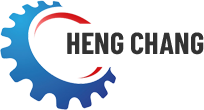Categories
Latest Blog
- Are cast iron round frying pans safe to use?
- The Change For The Tensile Strength Of Gray Ductile Iron
- Comparison Between Ferrous Metals and Non-ferrous Metals
- The idea for choosing the suitable metal casting foundry
- How to confirm the rough casting tolerance?
- What Is Heat Treatment?
- How Does Metal Casting Work?
- Sand Casting Process
Tags
cast iron round skille china vendor
cast iron frying pan with handles china factory
china cast iron cookware skillet supplier
skillet cast iron china manufacturer
cast iron round skille china vendort
grey iron skillet china vendor
young people cast iron skillet china supplier
cast iron frying pan with handles china supplier








 IPv6 network supported
IPv6 network supported